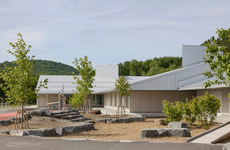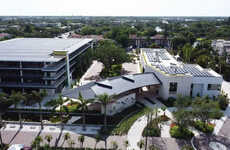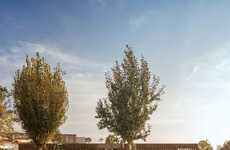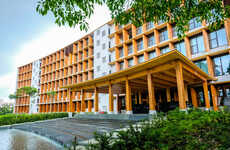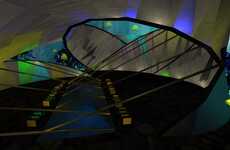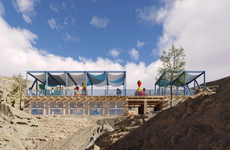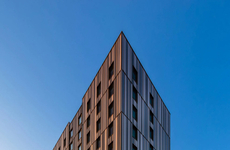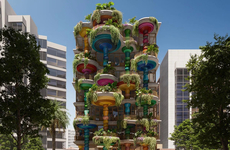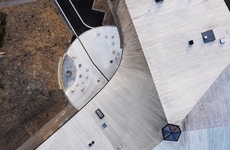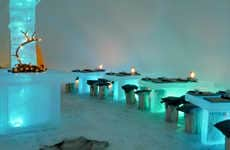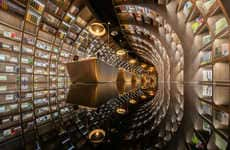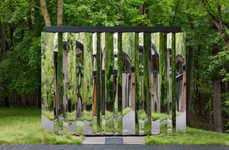
Serie Architects & Multiply Architects Produce a Design Prototype
The School of Design & Environment 4 in Singapore is announced to be the city's first new net-zero building. The structure is completed through a collaboration between London-based studio Serie Architects and local firm Multiply Architects. The silhouette and layout of the institution heavily consider the ecological agenda and aimed at optimizing the connection between architecture and nature.
The net-zero building spans six stories and answers to contemporary sensibilities in its appearance. Serie Architects and Multiply Architects ensured that the structure features an open-concept layout that emphasizes vegetation. The instances of open-air spaces are sure to contribute to the student's comfort. In addition, the net-zero building is adorned with landscapes and gardens that are "a key part of SDE4's ecological and pedagogical experience" which is largely set around sustainability, education and good design.
Photo Credits: Rory Gardiner
The net-zero building spans six stories and answers to contemporary sensibilities in its appearance. Serie Architects and Multiply Architects ensured that the structure features an open-concept layout that emphasizes vegetation. The instances of open-air spaces are sure to contribute to the student's comfort. In addition, the net-zero building is adorned with landscapes and gardens that are "a key part of SDE4's ecological and pedagogical experience" which is largely set around sustainability, education and good design.
Photo Credits: Rory Gardiner
Trend Themes
1. Net-zero Buildings - Disruptive innovation opportunity: Develop innovative technologies and design strategies to create buildings that produce as much energy as they consume, minimizing their carbon footprint.
2. Open-concept Layouts - Disruptive innovation opportunity: Explore new architectural concepts that prioritize open-air spaces and encourage a connection with nature, promoting sustainability and student well-being.
3. Ecological Education - Disruptive innovation opportunity: Integrate sustainability and environmental education into building designs, creating spaces that serve as experiential learning environments for students.
Industry Implications
1. Architecture - Disruptive innovation opportunity: Revolutionize traditional architectural techniques by incorporating sustainable design principles and practices into every stage of the building process.
2. Renewable Energy - Disruptive innovation opportunity: Develop renewable energy systems and technologies that can power buildings while minimizing carbon emissions, driving the transition to a net-zero carbon future.
3. Education - Disruptive innovation opportunity: Redefine educational spaces by creating sustainable and interactive learning environments that inspire students to think critically about environmental issues.
5.3
Score
Popularity
Activity
Freshness

